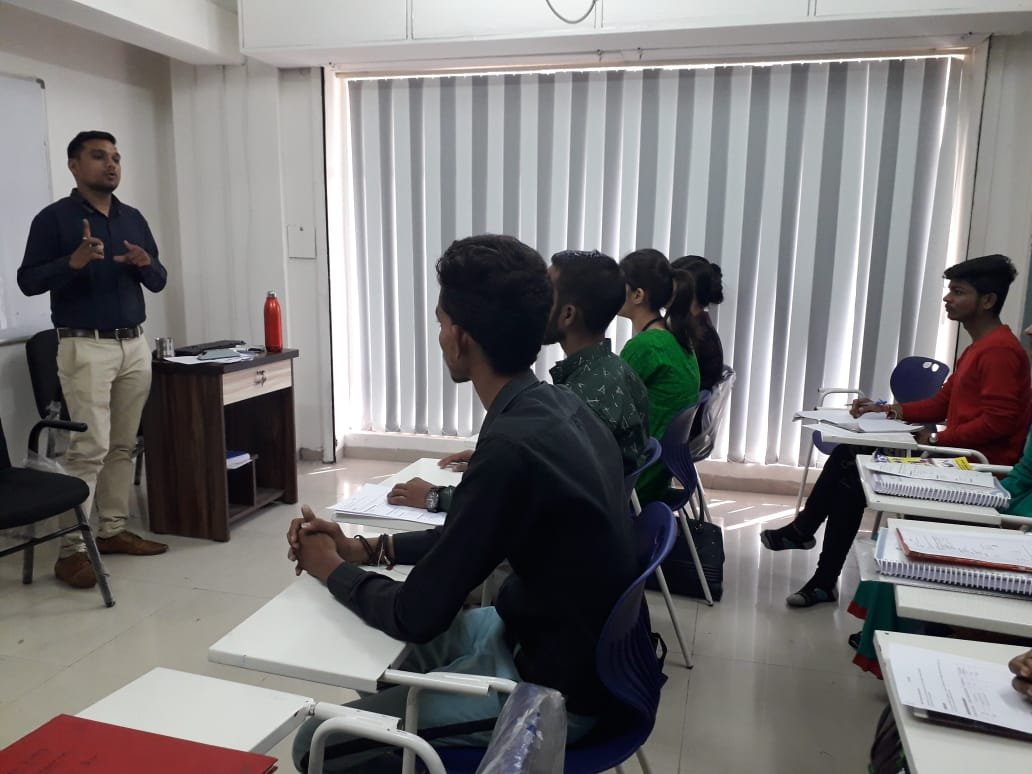NOTE:
- Article – 14, 15,19(1)g, 21 of Constitution is Base of this act.
Introduction:
- Women in India are recognized and granted protection under the Constitution of India. The preamble to the Constitution, inter alia, guarantees social, economic, and political justice, equality of status, opportunity, and the dignity of the individual.
- Notwithstanding these avenues of protection, for a long time working Indian women did not practically receive the protections granted under the Constitution and national or state legislations.
- It was obvious that women needed specific rules to enforce their rights. The Supreme Court of India, in Vishaka v.s. state of. raj observed that equality in employment cannot be achieved if women are subjected to gender-specific violence at the workplace, such as sexual harassment.
The Vishaka ruling is easily among the landmark judgments that changed India. Indian legal luminary Zia Mody says: “Judicial activism reached its pinnacle in Vishakha v. State of Rajasthan.”
While delivering the judgment, the apex court went on to issue guidelines for employers that would ensure equal working conditions for women, including protection from workplace sexual harassment.
- Prior to the Vishakajudgment, a woman aggrieved by any act of sexual assault or harassment had to approach law enforcement authorities under the Indian Penal Code (specifically Sections 354 and 509). The guidelines laid down by the apex court, known as the Vishaka Guidelines (the Guidelines), were the culmination of a long fight for justice by a gang-rape victim. Bhanwari Devi, a social worker for the Women Development Programme in the Indian state of Rajasthan, was brutally raped in 1992 when she opposed a child marriage in her village.
- Feudal patriarchs who took exception to her crusader efforts allegedly committed the rape. The rape and the victim’s subsequent futile quest for justice garnered widespread attention and represented a watershed moment for women’s rights in India.
- Bhanwari’s cause was taken up by Vishaka, a women’s welfare group that led public interest litigation, ultimately resulting in the Guidelines.

- The Guidelines put the onus of ensuring a safe workplace environment squarely on the employer and laid down, for the first time, a mechanism for employers to address complaints relating to sexual harassment, including the constitution of a committee to evaluate such complaints.
- The Guidelines were accorded legal status by the apex court until a definitive law would be enacted by the legislature.
- “Vishaka triggered a national consciousness on an issue that was, until then, not given its due importance.
- Following up on Vishaka, the Supreme Court of India enlarged the scope of sexual harassment by ruling that physical contact was not essential to be considered an act of sexual harassment.
- Vishaka triggered a national consciousness on an issue that was, until then, not given its due importance. Following up on Vishaka, the Supreme Court of India enlarged the scope of sexual harassment by ruling that physical contact was not essential to be considered an act of sexual harassment
- The apex court went on to describe sexual harassment as a form of sex discrimination that affects the employment of women employees and unreasonably interferes with their work performance, ultimately creating an intimidating workplace environment
- Upset with the tardy enforcement of the Guidelines, the apex court directed the Indian states to implement sufficient mechanisms to ensure effective implementation of the Guidelines.
The apex court observed that “The implementation of the guidelines in Vishaka has to be not only in form but substance and spirit so as to make available safe and secure environment to women at the workplace in every aspect and thereby enabling the working women to work with dignity, decency, and due respect.”
The above judicial activism notwithstanding, it took a decade after Vishaka for the legislature to initiate the crafting of a definitive law on workplace sexual harassment. The initial draft, first introduced in 2007, had to wait another six years to receive the assent of the legislature. The Guidelines were superseded by the POSH Law in December 2013.
This article has primarily focused on the Internal Committee (IC); however, there is also a provision in the POSH Law for the constitution and empowerment of the Local Committee (LC). The LC is only invoked when a workplace has fewer than 10 personnel and a complaint needs adjudication or the complaint is against the employer itself. Given most organizations have 10 or more personnel and the complaints are often between employees themselves, the IC and its role and function are the focus of this article.
Shivam Jha
HR Ignite
(Industrial relation Advisor and professional)
HR Ignite Services:-

- HR Generalist Practical Training- Online | Classroom
- HR Labour Law Practical Training with Case Studies – Online | Classroom
- Free HR Job Portal for HR Hiring | HR Vacancy
- Advance Excel Course- Online | Classroom
INQUIRY FORM:

Click on the link to Join Our WhatsApp Groups for HR-IR Knowledge & Job updates:

